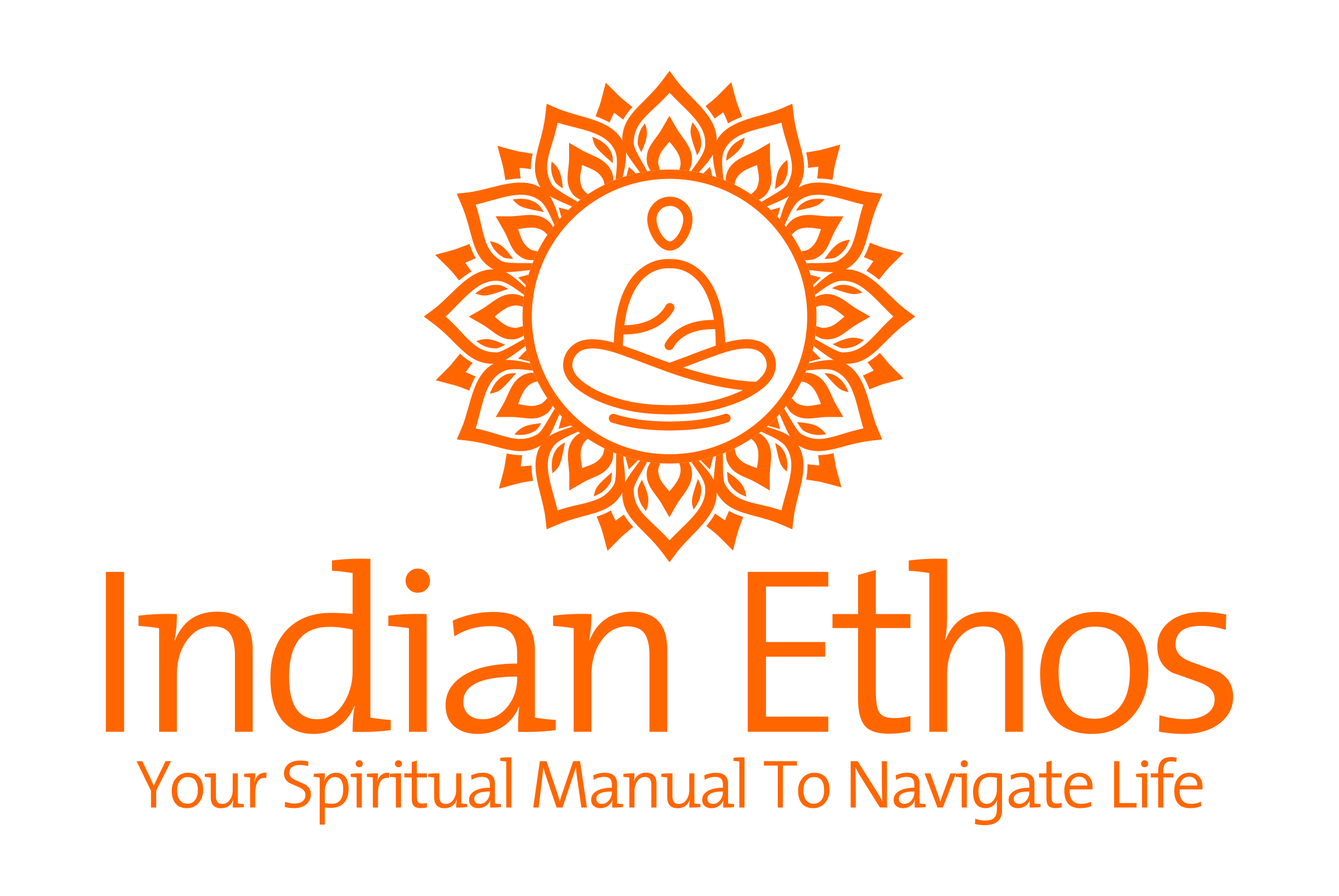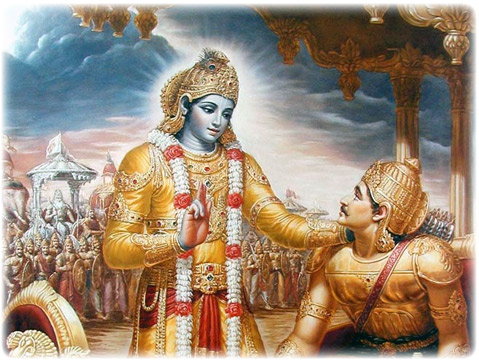Ten Principles of Dharma (Commandments of Dharma) as per Manu Smriti
“Dhrati Kshama Damah Asteyam Shouchamindriyanigrhah
Dhi vidya satyamakrodho dashakam dharma lakshanam”
Which means that these ten signs indicative of Dharma are as follows:-
1.Dhrati-Fortitude is reflected in the form of courage and strength when facing pains or troubles in life. It means the patience which is exhibited by a person even in case of difficulties of life.
2.Kshama-means ability to forgive and forget. Forgiveness is not an attribute of a weak but only a spiritually strong, composed and broadminded person can forgive even his enemies for their misdeeds. People who are slaves of their own emotions and mood swings can never exhibit such an attribute and are unable to forgive even the small mistakes done by their best of the friends.
3.Damah-Control over mind and desires. All the decisions in life of a person should not be governed by his uncontrolled desires but should be taken by stable mind unaffected from worldly sensational cravings and emotions of attachment and fear.
4.Asteyam-Non stealing exhibited by the attributes like honesty and integrety. The person should believe in taking the ownership of only those things, which are earned by hard work and labour.
5.Shouch-Purity: indicates internal and as well as external purity. The person should not only take care of his body and surroundings for cleanliness but also should try to make his mind pure without any negative emotions, desires and attachments.

6. Indriya Nigrah-Control of sensory organs: Every human being percieves this world by five senses (indriya) given by GOD, which are Ears, Skin, Eyes, Tongue and Nose. Man percieves Shabd, Sparsh, Roop , Rasa, Gandh (Sound, Touch, Form, Taste and Smell) by the help of these sensory organs respectively. Control of all these senses and not allowing negative stimuli to make an impression in the grooves of the mind is called Indriya Nirah (Sense Control). This art is also called Mind Control. Scriptures prescirbes various methods/yoga to achieve this. Meditation is one among thoses methods.
7. Dhi-Wisdom: indicates the power to discriminate between right and wrong. This helps a person while adhering to his Dharma and he is able to analyise and identify the right path to proceed irrespective of the difficulties in his way and temptations to take an easier but wrong path.
8. Vidya-Knowledge:refers to the education as well as the practical knowledge about laws of life. The knowledge should always be crowned with humility. A person who is down to earth with humility is a real knowledgeable person.
9. Satyam-Truthfulness: The essence of life is seeking the truth and following the path of truthfulness. It not only helps a person in living a peaceful life but also acts as a strong spititual armour providing strength to the person in most difficult situations of life.
10. Akrodho-Absence of anger: Which means the person is not angered under all circumstances and remain composed inspite of all the provocations. It is observed genrally if we take a vow any day to not to be angry on anybody on any subject that day, Time test us hard on that very day and all the circumstances are built in such a way so as to provoke us to become angry. We should keep patient in such a scenario and prepare ourselves strongly for the victory of our will power over our emotions at the end of the day.
All the above symptoms/attributes are the primary factors responsible to keep every thing in harmony with the laws of Cosmos (Dharma). The person with the above attributes is a perfect person prepared completely for his journey to the Self Realisation (Salvation).



ll Krishnarpanam astu ll Mangalam bhavatu ll